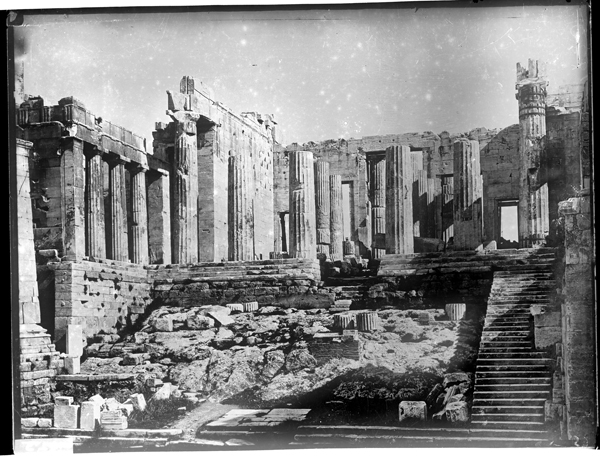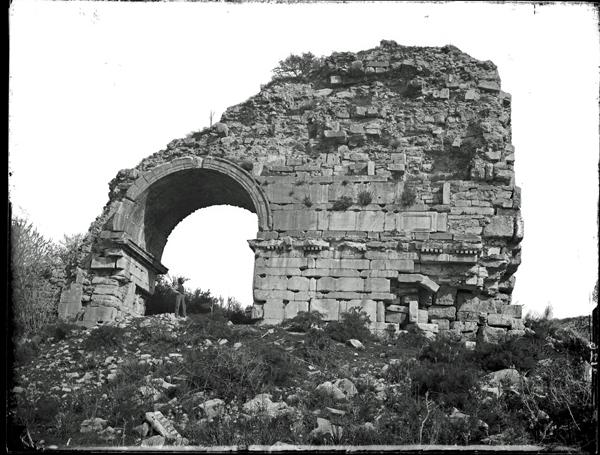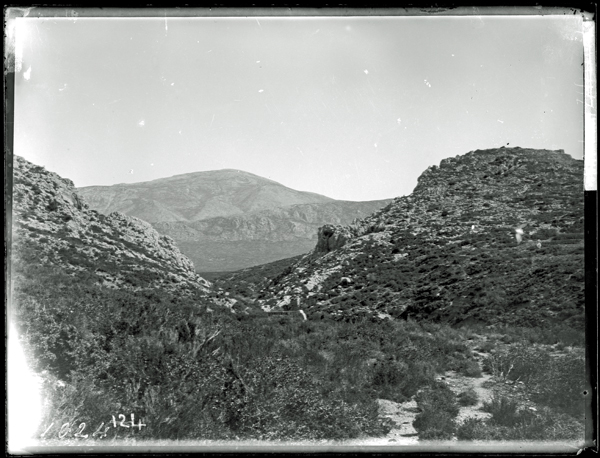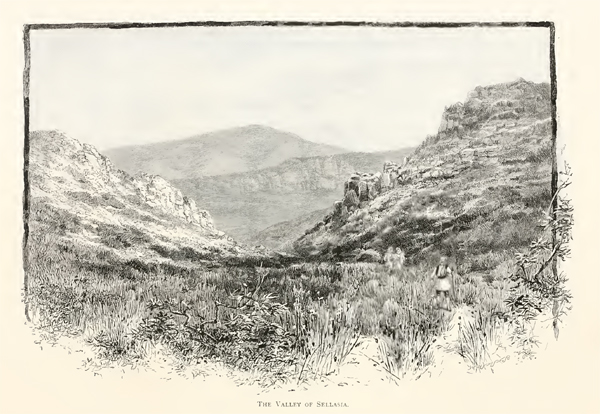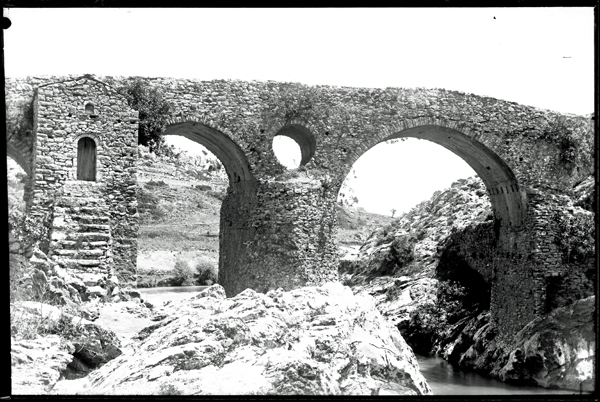Rule II and the Origins of the SPHS Photographic Collection
Rule II. To collect drawings, facsimiles, transcripts, plans, and photographs of Greek inscriptions, MSS., works of art, ancient sites and remains, and with this view to invite travellers to communicate to the Society notes or sketches of archaeological and topographical interest.
When the Society for the Promotion of Hellenic Studies (SPHS) was founded in 1879, it laid out three fundamental “rules” or objectives for the Society. Rule I promoted the Greek language, Rule II (quoted above) dealt with the compilation of images and Rule III encouraged travel to and archaeological work in antique lands. It was Rule II that was ultimately responsible for the formation of the SPHS image collection.
Rule II was a reflection of 19th-century initiatives by learned societies and museums to form image collections. These collections were originally compiled as reference collections, a product of a Victorian desire for categorizing and documenting, a way of controlling knowledge of the visible world particularly in the wake of the expanding British Empire. Photographs were ideal for this task as they were considered at the time to have the power of authentication as accurate and objective visual data. The SPHS’s remit was to form a collection of images of Greek lands and its antiquities in a variety of formats outlined in Rule II, ultimately prioritising photographs.
However, it wasn’t until a decade after the Society’s foundation that attention focused on Rule II. In the Transactions of the Society for 1889, it was remarked that the ‘second object’ or Rule II had not yet seen tangible results, although it has not been ‘lost sight of’. These Transactions mentioned enlarged reproductions of Mr Stillman’s photographs of Athens that had just been made available to members through the Autotype Company, a specialist art photography publisher that had produced the photographs for Stillman’s 1870 book, The Acropolis of Athens. George Macmillan, in his 1929 article on the history of the SPHS, attributes this donation of Stillman’s photographs to have provided the impetus for beginning the collection. The 1889 Transactions also mentioned other series of photographs by members would soon become available.
The following year’s Transactions listed those members by name: J. T. Clarke, W. Covington, Louis Dyer and Malcolm Macmillan, Walter Leaf, and R. Elsey Smith with the addition of a another set of images by Mr Stillman of Sicily. Some of these donated images would form series known as enlargements since the prints produced measured about 17 x 13 inches (ca. 43 x 33 cm), intended primarily for display in classrooms.
After 1890, many more members began depositing negatives or photographic prints. The timing of this is not surprising as it coincides with a proliferation of travel photographs, a product of the convergence of cheaper portable cameras that used stable negative formats with the growth of the tourism industry that made travel easier. Around this time, the SPHS began to concentrate on the formation of a lantern slide lending collection (duplicated from negatives) for its members, an infrastructure that furthered the dissemination of visual data promoting Hellenic Studies. In 1893 the nascent loan collection numbered about 500 lantern slides. Meanwhile, photographic enlargements from the early donors continued to be made available. Additionally, in 1892, Trotman’s images of Ephesus and the Seven Cities of Asia Minor (the topic of a previous BSA Archive Story: J.T. Wood’s Ephesus through the lens Corporal J. Trotman: Archive Images in the BSA SPHS Collection) were added to the list of Autotype Company photographic enlargement prints.
Some of these early images were reproduced as lantern slides – such as Elsey Smith’s enlargement number 1 of the Propylaea (cropped a little from the negative shown above) and Thacher Clarke’s enlargement number 3 of the temple at Bassae. These early slides appeared in the first slide catalogue published in the 1897 Journal of Hellenic Studies (JHS). This first catalogue used an alphanumeric system to organise the slides, but this would be changed to a sequential numeric series in 1902 when the collection was reorganised. More appeared in the new slide accessions of 1900-1902. Printed in the 1902 JHS were lists of enlargement series still available: Stillman (both the Athens and Sicily series), Leaf, Elsey Smith and Thatcher Clarke. None of the images by Covington, Trotman or Dyer and Macmillan were advertised. After 1902, there are no further lists of enlargements and it is quite likely that they were simply melded into the growing negative collection. By 1902 the negative collection held a total of over 4,000 negatives with about 38% duplicated as lantern slides.
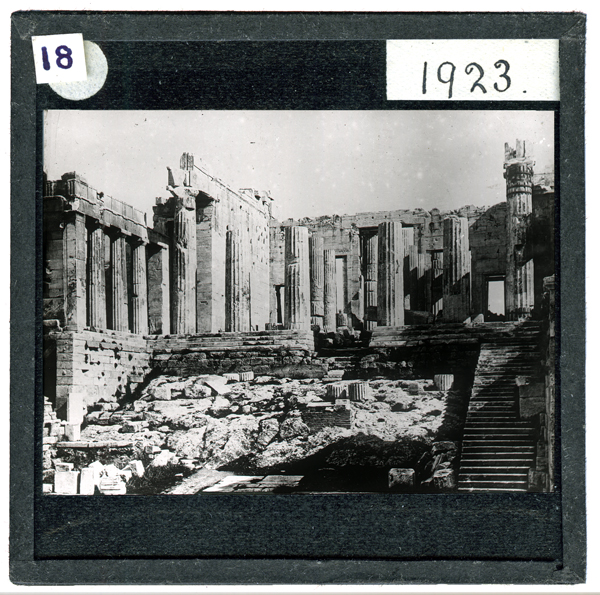
BSA SPHS 03/0482.1923 Athens, Propylaea. West front (Elsey Smith), Ac 6. in the 1897 slide catalogue
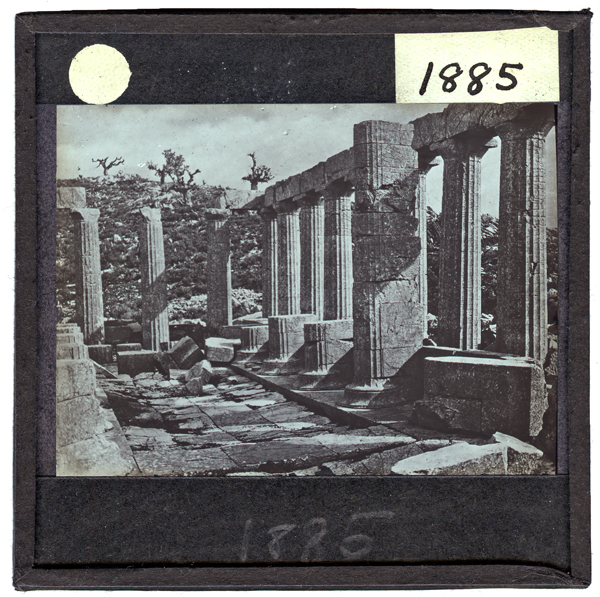
BSA SPHS 03/0453.1885: Greece, Temple of Bassae, interior. N.E. (Thacher Clarke), Dc 46 or 47 in the 1897 slide catalogue
Mr Stillman’s negatives (and lantern slides) of the Athenian Acropolis are now held in the London archive of the SPHS, available on the Stillman Gallery on the SPHS web site, and an account of the SPHS Stillman collection published in Archaeological Reports for 2008-2009. The BSA SPHS collection contains numerous negatives from Walter Leaf, R. Elsely Smith, Corporal Trotman and the team of Louis Dyer and Malcolm Macmillan. There are a few from J. Thacher Clarke, but none from W. Covington. Most of the BSA SPHS negatives are glass negatives, either full-plate (ca. 22 x 16.5 cm) or half-plate (ca. 16.5 x 12 cm). Almost all are copy negatives – secondary negatives produced from originals. In addition, there are a handful of extant lantern slides produced from the negatives.
By definition, these are some of the earliest images that appear in the SPHS collection. I’ve already determined that the Trotman images were photographed between 1872-1873, although donated to the collection nearly two decades later. Most of Stillman’s images date to his 1882 return visit to the Acropolis to re-photograph the monuments and associated with the SPHS before 1889 when they were first reported in the Transactions. Elsey Smith’s photographs probably date to 1887-1888 based on his residency at the BSA as an architectural student of both Classical and Byzantine structures.
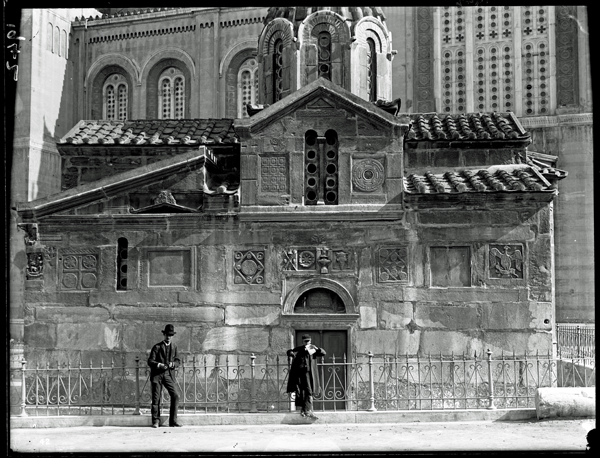
BSA SPHS 01/0510.1942: Athens, General View of the South Side of the Byzantine Small Metropolis (Elsey Smith)
Dyer and Macmillan arrived in Greece in 1888 and travelled to Cyprus with BSA director E.A. Gardner. Malcolm Macmillan disappeared only a year later, presumed dead in a climbing accident on Mount Olympus. The photographs must date between 1888 and 1889. Additionally, a few of Dyer’s and Macmillan’s photographs as well as some by Rev. W. Covington were used to produce woodcuts in J.P. Mahaffy’s 1890 book, Greek Pictures. In the preface, Mahaffy thanks George Macmillan for the use of his late brother’s photographs. The example below shows Dyer’s and Macmillan’s photograph of the Sellasia Valley and Mahaffy’s reproduction complete with a romanticized embellishment of a human figure in native costume in the foreground.
Images by Leaf and Thacher Clarke are more difficult to date. Both men were known to have travelled in Greece possibly before, during and after the 1880s. Thacher Clarke was one of the American excavators of Assos 1881-1884 and Leaf was a well-known scholar of Homer who served in numerous offices of the SPHS, Classical Association and the BSA during those societies’ formative years. The caption of the image below of the Tomb of Clytemnestra (formerly known as “Mrs. Schliemann’s Treasury”) by Walter Leaf implies that it dates to the early 1890s, referring to Christos Tsountas’ excavations of 1891 rather than Mrs Schliemann’s brief investigations in 1876. And, according his annual report to the BSA, the director E.A. Gardner mentioned that Walter Leaf visited the excavations at Megalopolis and the nearby Frankish remains of Karytaina in 1891, not that far distant from Mycenae and Tiryns. All of these sites are included in Leaf’s list of donated images.
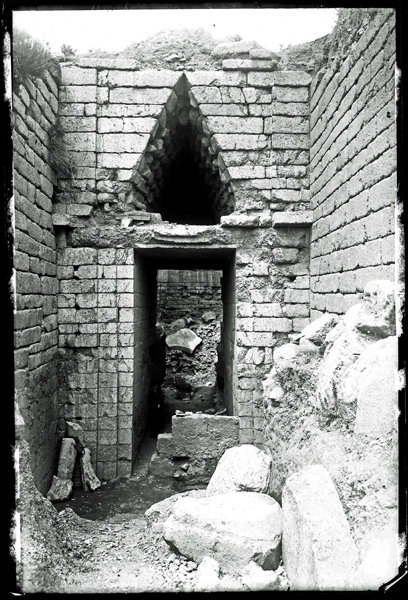
BSA SPHS 01/0368.1680: Mycenae, “Mrs. Schliemann’s Treasury” showing the latest excavations (W.L. Enlargement No.13)
Despite the slow start in focusing on Rule II a decade after its beginnings, the SPHS was still at the forefront of British learned societies’ accumulation of negatives and the formation lending slide libraries. John L. Myres, in his presidential address to the SPHS in 1937, went so far as to claim that the SPHS was the first learned society to form a slide loan collection in Great Britain. These first images and the enlargement series selected from them mark the origins of that photographic collection. Classical remains predominate, but others show an interest in structures from prehistory to Byzantine to Medieval times as well as landscapes of historical interest. In other words, they depict the wide interests of late 19th-century scholars of the Hellenic World. It was a perception that endured well into the 1920s and 1930s as many of these early images remained in use and featured in the later slide sets and annotated lectures.
Deborah Harlan
Honorary Research Fellow
Department of Archaeology
Sheffield University
Images from the BSA-SPHS collection are available on the BSA’s Digital Collections page.
Click here for more BSA Archive Stories.
Further Reading:
Harlan, D. 2009. ‘William James Stillman. Images in the Archives of the Society for the Promotion of Hellenic Studies’ Archaeological Reports 55: 123–144.
Macmillan, G. 1929. ‘An Outline of the History of the Hellenic Society’ Journal of Hellenic Studies 49(1): i-li.
Mahaffy, J.P. 1890. Greek Pictures. London: Religious Tract Society.
Stillman, W.J. 1870. The Acropolis of Athens, Illustrated Picturesquely and Architecturally in Photography. London: Privately Printed.
Stillman Collection (Hellenic Society) on-line: : https://www.hellenicsociety.org.uk/membership/stillman-gallery/
